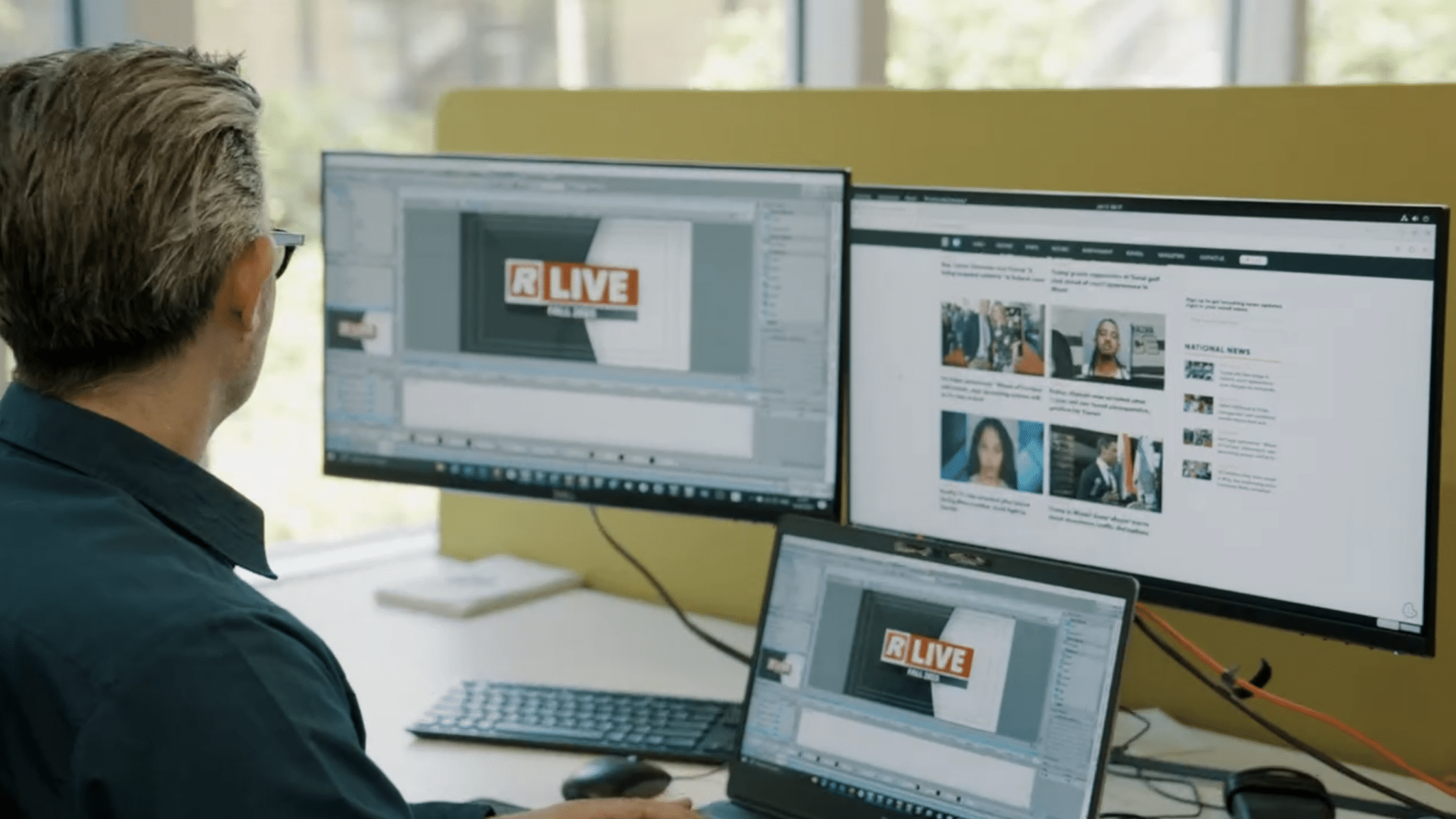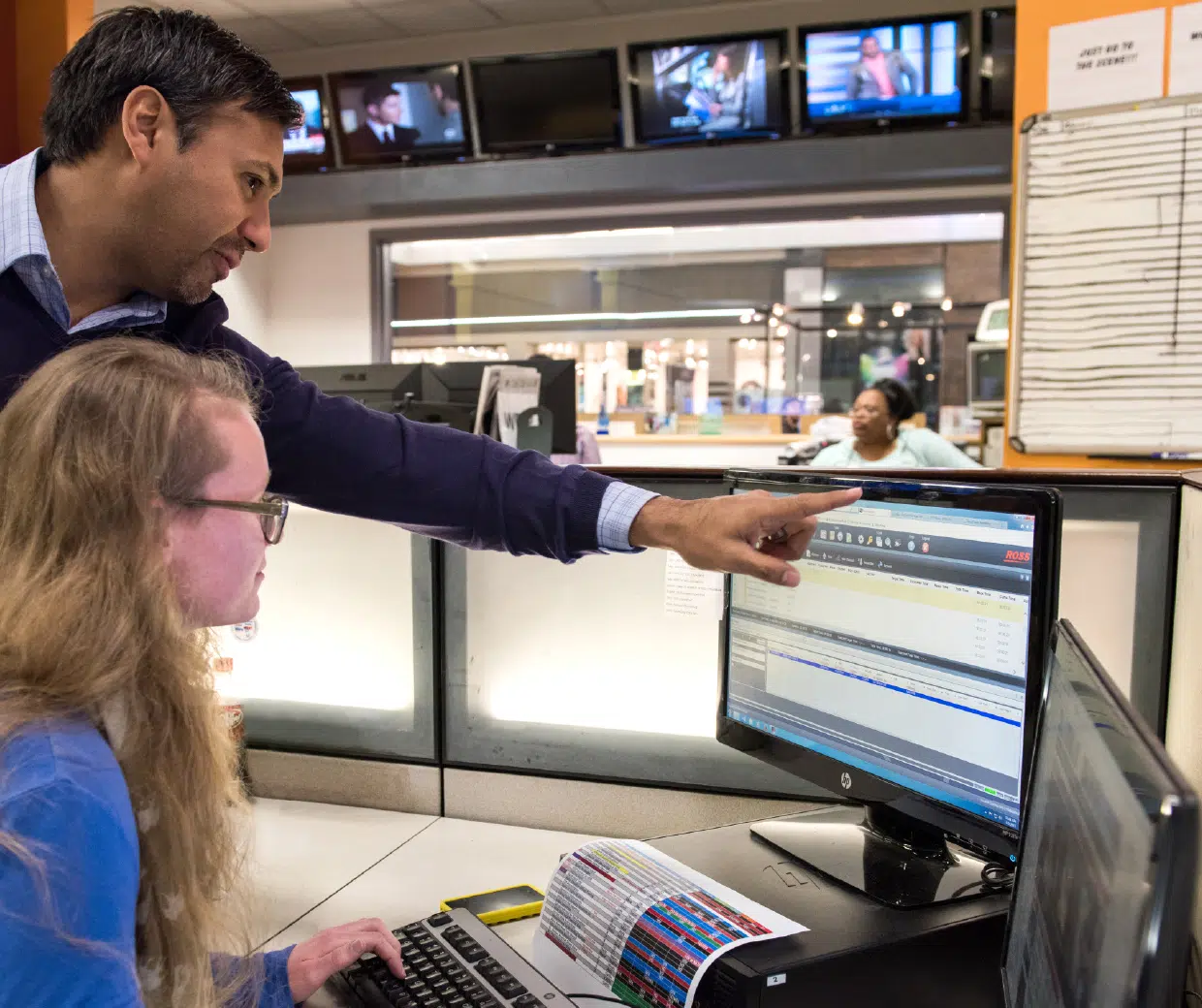July 24, 2024 - Ross Video Team, Technology
8 Expensive Challenges of Multivendor Environments


Live producers and broadcasters face immense pressure to deliver more content across multiple platforms with tighter budgets and fewer resources. As the industry adapts to changing audience habits and new technologies, many media producers find themselves grappling with the complexities of multivendor environments.
To address these challenges and meet audiences’ needs, broadcasters must evolve how they operate and deliver content. We’ve created a detailed guide to help you stay agile and adaptable to rapidly evolving audience consumption habits. Download the whitepaper below.
Here are the key challenges a multivendor environment presents and how they impact live video production workflows:
1. Integration Costs
One of the most significant challenges in a multivendor environment is the hidden costs of integrating disparate systems. While the initial cost of incorporating new technologies may seem manageable, the cumulative expenses can strain budgets. It’s common to underestimate the technical difficulties of making different systems work together, even those adhering to standard protocols. The result is financial strain and the potential for operational disruptions.
2. Operational Inefficiencies
When systems from multiple vendors do not integrate seamlessly, you spend more time and effort troubleshooting and resolving issues. These inefficiencies lead to unnecessary resource wastage as temporary fixes often become long-term practices, embedding inefficiencies into daily operations. The result is a continuous drain on time and financial resources, hampering overall productivity.
3. Complex Problem Resolution
In a multivendor setup, identifying and resolving problems becomes more complex due to the lack of clear ownership. When issues arise, it is not always obvious which vendor is responsible, leading to delays in resolution. This ambiguity increases downtime and complicates the support process as your technical team navigates the various vendor support channels to find a solution (or often, just find someone willing and able to help).
4. Upgrade Challenges
Keeping up with technological advancements is crucial for you to remain competitive. However, multivendor environments complicate upgrades. Coordinating changes across different systems is challenging, as an upgrade in one system may not be compatible with others. That can lead to widespread issues, from minor inconsistencies to major operational disruptions. Additionally, vendors often lock you into contracts, making it costly to experiment with or upgrade technologies outside their ecosystem.

5. Overlapping Functionalities
Multivendor environments often result in overlapping functionalities, where you pay for duplicate services or equipment. This often occurs because of the procurement process. Different departments will identify their equipment preferences, but the procurement team doesn’t identify the functionality of equipment preferred by one team that can offer the functionality needed by another. This redundancy not only increases costs but also creates silos within the organization, making it harder to identify and eliminate unnecessary expenditures.
6. Costly and Complex Maintenance
Maintaining compatibility across multiple systems becomes increasingly challenging and expensive over time. As systems evolve, vendors may discontinue services or introduce higher upgrade costs. This complexity adds to the long-term maintenance burden, making ensuring quality control and consistent performance difficult.
7. Difficulty in Managing Contracts
Handling different service level agreements (SLAs) and contractual obligations with multiple vendors can slow down operations. Keeping track of various contracts and renewals requires additional resources, complicating administration. This is particularly burdensome during economic downturns when increasing headcount is not feasible.
8. Lack of Training and Support
Complex system setups necessitate managing separate training and support contracts, adding to operational costs. The lack of consistent documentation and the steep learning curve for new employees further exacerbate this issue. High team turnover makes it even more challenging to maintain a workforce trained to operate and service your multivendor tech stack’s custom workflows and workarounds.
Invest in Well-Integrated Infrastructure
While multivendor environments offer flexibility and the potential for leveraging best-of-breed solutions, they come with significant challenges that live video producers must navigate. From integration costs and operational inefficiencies to complex problem resolution and maintenance, managing a multivendor setup requires careful planning and robust management strategies.
It’s crucial to find and invest in technology that simplifies integration. By prioritizing solutions designed for interoperability, and finding vendors willing to work with you to integrate the technology you want, you can overcome these challenges and ensure a more efficient production workflow. This investment strategy enhances productivity and positions your organization to adapt swiftly to technological advancements and evolving industry demands.
Download our whitepaper, “How to Ensure Agility & Adaptability in the Modern Newsroom,” and learn how to produce more content for more channels faster – with tighter budgets and fewer resources.


We have helped some of the industry’s top news broadcasters — like the BBC, Sky News, and CBS — make their newsrooms more efficient — and we’ll go …

Shifting audience preferences, emerging technologies, and spiking competition pose a significant challenge for newsrooms. It amounts to operating in uncharted waters and makes staying ahead of the …

Don’t let unforeseen interruptions to your news production workflow plummet your viewership and brand following. We have helped some of the industry’s top news broadcasters — like the …
Download our whitepaper, "How to Ensure Agility & adaptability in the Modern Newsroom," and learn how to stay agile, integrate seamlessly, and lead in today's competitive media landscape.